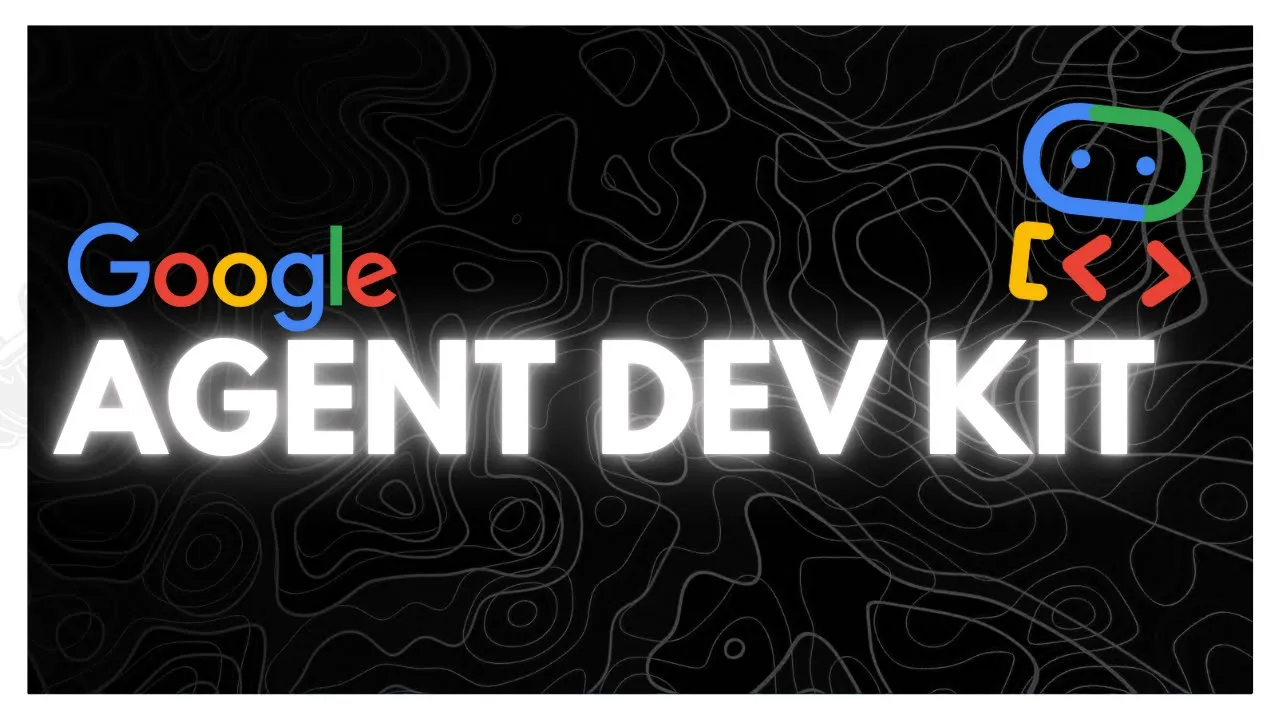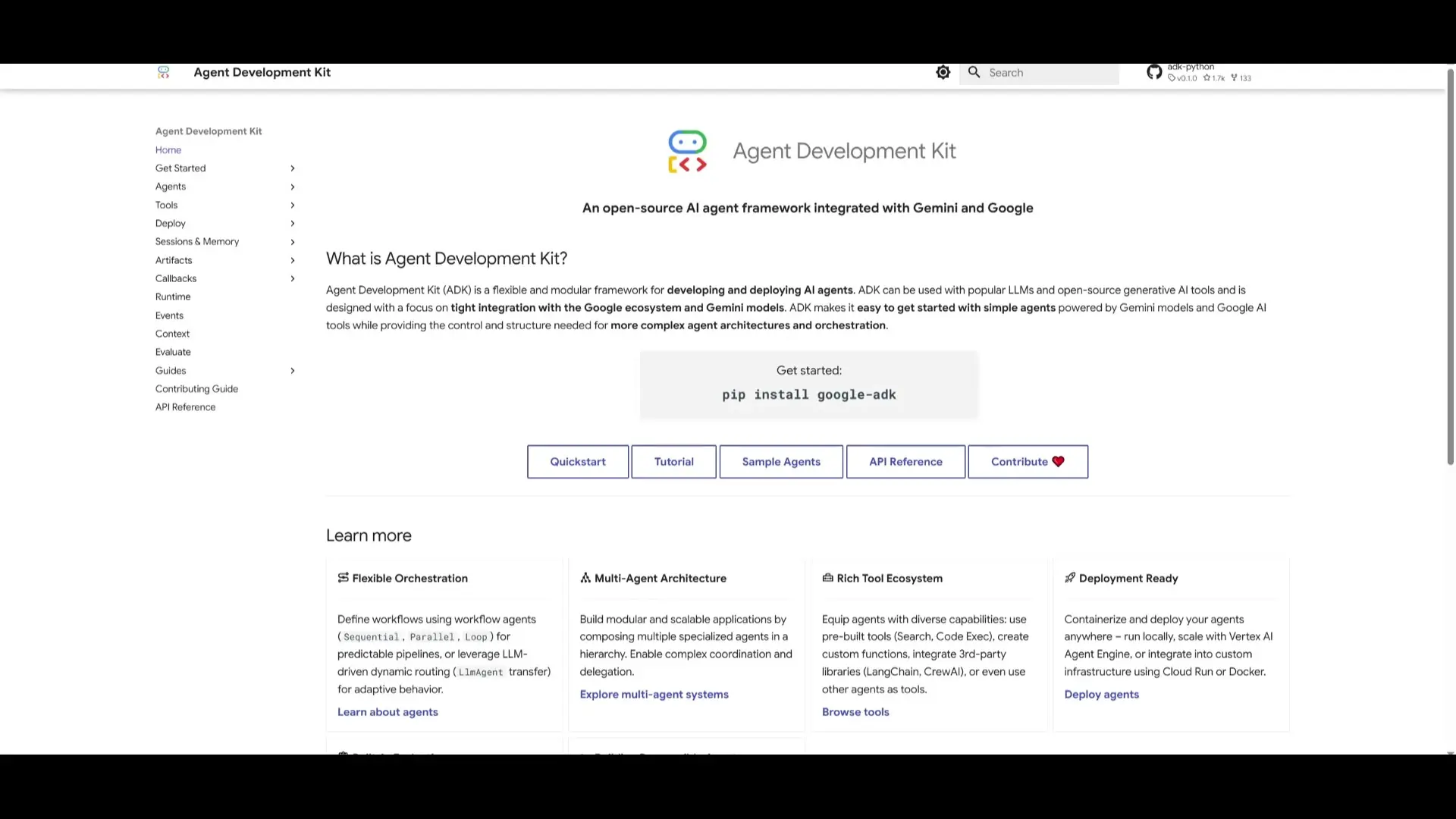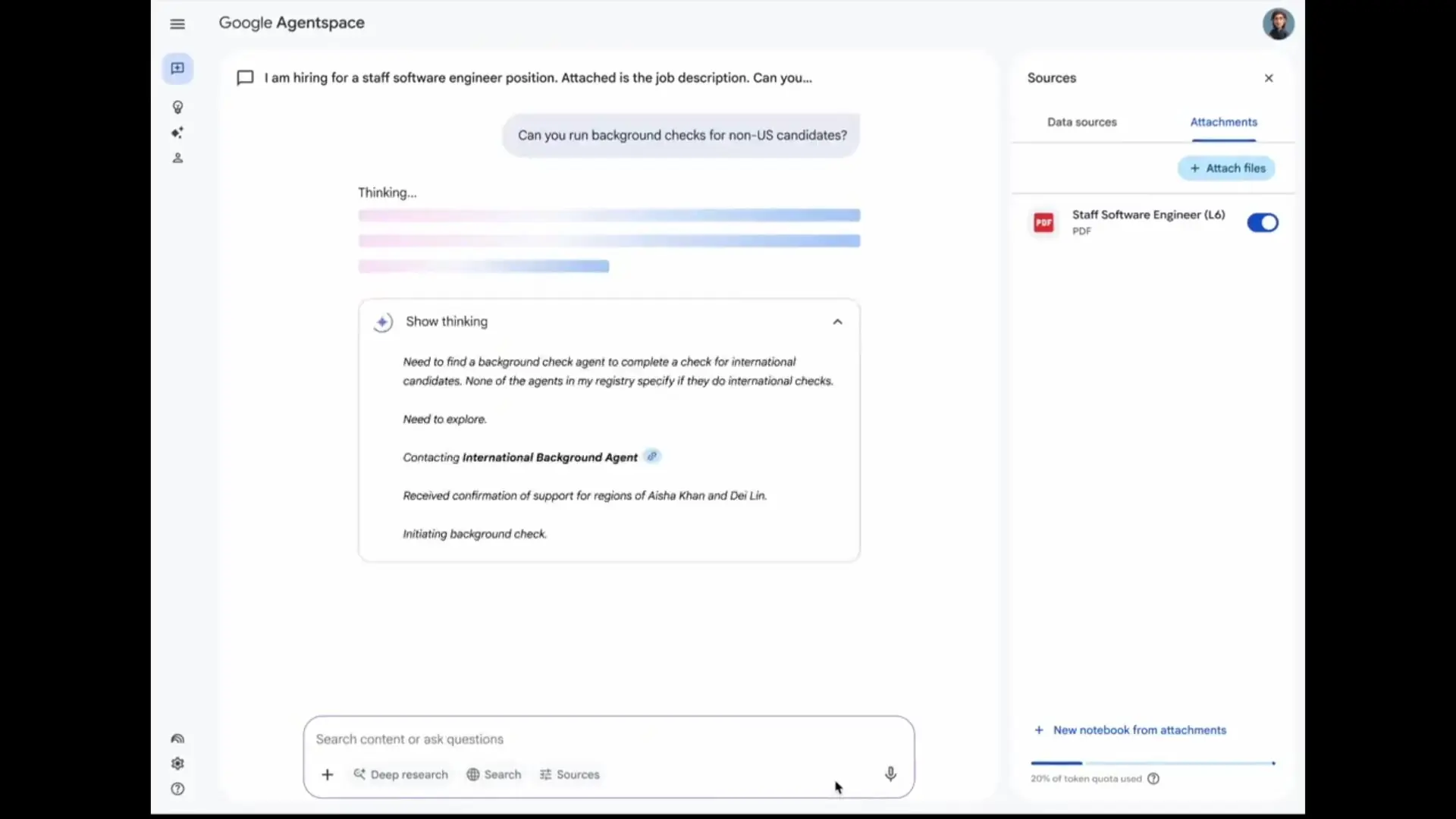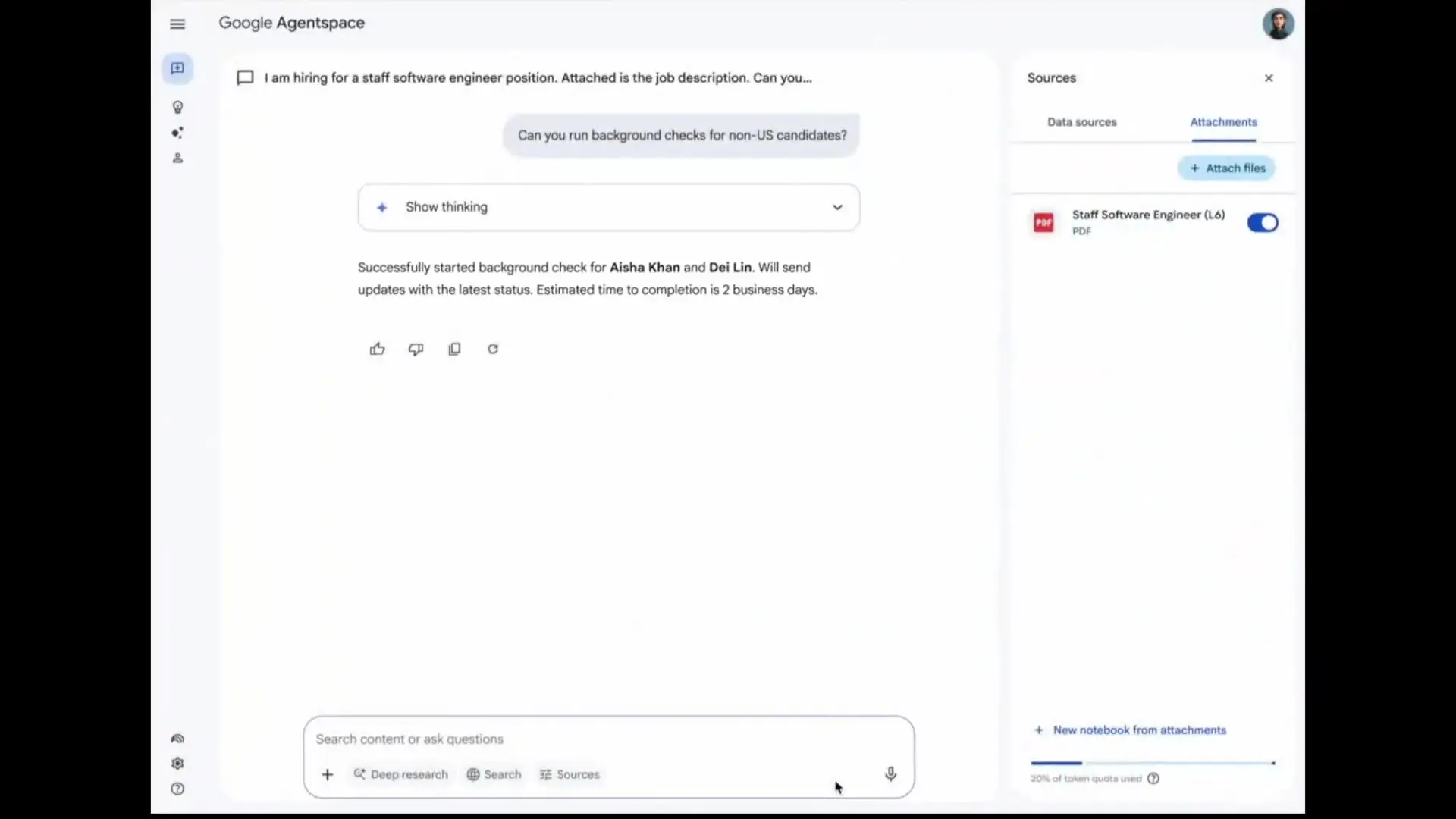
At the recent Google Cloud Next 2025 conference, Google made several significant announcements that could reshape how AI agents work together. While Firebase Studio grabbed many headlines, another groundbreaking innovation flew somewhat under the radar: the Agent-to-Agent (A2A) protocol, an open-source standard designed to enable secure and seamless collaboration between AI agents across different ecosystems.
What is the Agent-to-Agent Protocol?
The Agent-to-Agent protocol represents a significant step forward in AI interoperability. This open-source protocol enables AI agents to securely communicate, discover capabilities, and collaborate regardless of their underlying frameworks or vendors. It's designed with enterprise needs in mind, supporting long-running tasks, multimodal interactions (text, audio, video), and secure authentication through JSON-based augment cards.
What makes A2A particularly noteworthy is its potential to create a standardized way for AI systems to work together, similar to how Anthropic's MCP (Model Context Protocol) has aimed to standardize model-tool interactions. This protocol could become the foundation for truly collaborative AI systems that can seamlessly delegate tasks to specialized agents.

The Agent Development Kit (ADK)
Alongside A2A, Google introduced the Agent Development Kit (ADK), a complementary framework for building, orchestrating, and deploying AI agents using Gemini models and other tools in the Google ecosystem. The ADK focuses on creating agents with modular design, tool integration capabilities, and multi-agent coordination systems.
The relationship between these two innovations is complementary: the ADK helps developers build powerful agents, while A2A ensures those agents can communicate with other agents even if they're built on different technology stacks. Together, they form a comprehensive foundation for enterprise-scale agentic applications.
- Modular design for flexible agent creation
- Built-in tool integration capabilities
- Support for multi-agent coordination
- Seamless deployment options
- Integration with the Gemini ecosystem
The Practical Impact: A2A in Action
To understand the real-world implications of these technologies, consider a demonstration from the conference that showcased A2A in a human resources context. An HR manager asks an AI agent to find candidates based on a job description, location, and required skills. The primary agent then reaches out to specialized agents focused on talent sourcing, leveraging A2A to communicate and coordinate the search.
Once candidates are identified, the system can help the hiring manager review suggestions and schedule interviews. After interviews are completed, another specialized agent can step in to conduct background checks. At each stage, different agents with specific capabilities handle different aspects of the hiring process, all communicating through the A2A protocol.

Technical Implementation of A2A
The A2A protocol provides a standardized way for agents to communicate across platforms. Key technical features include:
- Capability discovery - agents can learn what other agents can do
- Secure authentication mechanisms
- Support for multimodal interactions (text, audio, video)
- Long-running task management
- JSON-based augment cards for structured data exchange
The protocol is designed to be vendor-agnostic, with support from numerous partners who share the vision of allowing agents to work across the multi-agent ecosystem. This includes compatibility with other agent frameworks like LangGraph and Crew AI.
Google Agent Space: Enterprise Implementation
For enterprise users, Google is implementing these technologies through Google Agent Space, a platform that puts AI agents in the hands of every employee. This system allows employees to find and synthesize information from within their organization, converse with AI agents, and have these agents take action on their behalf across enterprise applications.
Google Agent Space combines enterprise search capabilities, conversational AI, and both Gemini and third-party agents to create a comprehensive solution for businesses looking to implement agentic AI systems.

The Future of AI Agent Collaboration
The introduction of A2A and the Agent Development Kit represents a significant step toward more autonomous AI systems. By enabling agents to seamlessly communicate and coordinate across tools, vendors, and ecosystems, Google is laying the groundwork for truly autonomous processes that could eventually approach the capabilities associated with Artificial General Intelligence (AGI).
This open-source approach, similar to Anthropic's MCP protocol, demonstrates a commitment to creating standards that benefit the entire AI ecosystem rather than just proprietary solutions. As these technologies mature, we can expect to see increasingly sophisticated multi-agent systems capable of handling complex workflows with minimal human intervention.
Getting Started with Google's Agent SDK
For developers interested in exploring these new technologies, Google has made both the Agent Development Kit and the Agent-to-Agent protocol available as open-source projects. The ADK provides tools for building Gemini-powered agents that can use tools, perform complex multi-step tasks, and engage in reasoning processes.
The SDK supports the Model Context Protocol, providing a unified way for AI models to access various data sources and tools without requiring custom integrations for each one. This significantly simplifies the development process for creating sophisticated AI agents.
As these technologies continue to evolve, they promise to transform how we build and deploy AI systems, moving us closer to a future where intelligent agents can work together seamlessly to solve complex problems and automate sophisticated workflows.
Let's Watch!
Google's Agent-to-Agent Protocol: The Future of AI Collaboration
Ready to enhance your neural network?
Access our quantum knowledge cores and upgrade your programming abilities.
Initialize Training Sequence